| dc.contributor.advisor | Mori Pinedo, Luis Alfredo | |
| dc.contributor.advisor | Rodríguez Chu, Luciano Alfredo | |
| dc.contributor.advisor | Ayarza Rengifo Jorge Armando | |
| dc.contributor.author | Wong Bardales, Deykie Max | |
| dc.date.accessioned | 2025-04-16T15:19:23Z | |
| dc.date.available | 2025-04-16T15:19:23Z | |
| dc.date.issued | 2019 | |
| dc.identifier.other | 639.3748 W84 2019 | |
| dc.identifier.uri | https://hdl.handle.net/20.500.12737/11233 | |
| dc.description.abstract | For the research work, it was developed at the Fernando Alcántara Bocanegra Research Center (CIFAB) of the Water and Its Resources Use Research Program (AQUAREC) at the Institute of Amazonian Research of Peru (IIAP), with the main objective of determining the optimal density for postlarval rearing of Myleus schomburgkii “blackbanded palometa” for a period of 15 days. A total of 1,350 postlarvae were used, which came from the Nanay River. The average weights ranged from 0.02 g to 0.03 g, and the length ranged from 1.12 cm to 1.25 cm. These were selected homogeneously and were randomly distributed into 9 tanks of 36 liters capacity, with a useful volume of 15 liters, at densities of T1: 5, T2: 10, and T3: 15 postlarvae/liter of water. They were fed “ad libitum” with a balanced feed containing 50% crude protein, which was ground and sieved. The feedings occurred at different intervals (8, 10, 12, 14, 16, 18, 20, and 24 hours) over the 15-day research period. Weight and length monitoring were conducted at the beginning (day 1), on day 8, and at the end of the experiment (day 15), while parameters such as temperature, dissolved oxygen, pH, nitrites, ammonia, and CO2 levels in the water were recorded daily. Descriptive and inferential statistics were used to analyze the optimal postlarval density treatments. A one-way analysis of variance (ANOVA) was also performed to assess the potential effects of three postlarval rearing densities on various variables, and the results showed no significant differences among the treatments. In fact, the highest weight and length gain was observed in T1 with 0.12 g and 1.92 cm. Survival at the end of the experiment showed a significant difference, with the highest survival rate in T1 at 88% and the lowest in T3 at 33%. Water quality remained within the optimal range: Temperature 27.4°C, pH 7.4, Dissolved Oxygen 4.5 mg/l, Ammonia 0.21 mg/l, CO2 3.5 mg/l. | en_US |
| dc.description.abstract | Para el trabajo de investigación se desarrolló en el Centro de Investigaciones Fernando Alcántara Bocanegra (CIFAB) del Programa de Investigación para el Uso del Agua y sus Recursos (AQUAREC) del Instituto de Investigaciones de la Amazonía Peruana (IIAP), con el objetivo principal de determinar la densidad óptima de cría postlarval de Myleus schomburgkii “palometa banda negra”, por un periodo de 15 días. Donde se utilizó un total de 1350 postlarvas, los cuales procedían del rio Nanay, los pesos promedios oscilaban entre 0.02 g. a 0.03 g. y una longitud de 1.12 cm a 1.25 cm, se seleccionaron homogéneamente y se procedió a distribuir aleatoriamente en 9 peceras de 36 litros de capacidad, pero con un volumen útil de 15 litros, con densidad de T1: 5, T2: 10 y T3: 15 postlarvas/litro de agua, alimentadas “ad libitum”, con un alimento balanceado con 50% de proteína bruta, este fue molido y cernido, a lo largo de los quince días de la investigación, y en los que la cantidad de comidas diarias de (8, 10, 12, 14, 16, 18, 20 y 24 horas). El monitoreo de peso y longitud se realizaron al inicio (día uno), a los 8 días y al final del experimento (día 15), mientras que los parámetros de temperatura, oxígeno disuelto, y pH, nitritos, amonio y CO2 del agua se registraron de forma diaria. Para ello se utilizó la estadística descriptiva e inferencial, esto con el fin de analizar porcentualmente los tratamientos de densidad óptima de cría postlarval. Así mismo se realizó el análisis de varianza (ANOVA) unidireccional para comprobar los posibles efectos de tres densidades de cría postlarval en variables, teniendo como resultados que los tratamientos no mostraron diferencias significativas. En efecto, aparentemente el mayor peso y longitud ganado lo obtuvo el T1 con 0.12 g y 1.92 cm. La sobrevivencia al final del experimento presentó diferencia significativa registrando la mayor tasa de sobrevivencia en el T1 con el 88% y menor en el T3 con 33%. La calidad de agua estuvo en el rango óptimo, Temperatura 27.4°, pH 7.4, Oxígeno Disuelto 4.5 mg/l, Amonio 0.21 mg/l, CO2 3.5 mg/l. | es_PE |
| dc.format | application/pdf | es_PE |
| dc.language.iso | spa | es_PE |
| dc.publisher | Universidad Nacional de la Amazonía Peruana | es_PE |
| dc.rights | info:eu-repo/semantics/openAccess | * |
| dc.rights.uri | https://creativecommons.org/licenses/by/4.0/ | * |
| dc.subject | Larvicultura | es_PE |
| dc.subject | Palometa banda negra | es_PE |
| dc.subject | Myleus schomburgkii | es_PE |
| dc.title | Determinación de la densidad óptima de cria postlarval de Myleus schomburgkii (Jardine, 1841) “palometa banda negra” en el IIAP Loreto | es_PE |
| dc.type | info:eu-repo/semantics/bachelorThesis | es_PE |
| thesis.degree.discipline | Acuicultura | es_PE |
| thesis.degree.grantor | Universidad Nacional de la Amazonía Peruana. Facultad de Ciencias Biológicas | es_PE |
| thesis.degree.name | Biólogo(a) Acuicultor(a) | es_PE |
| dc.subject.ocde | https://purl.org/pe-repo/ocde/ford#4.01.08 | es_PE |
| renati.author.dni | 70189291 | |
| renati.advisor.orcid | ASESOR FALLECIDO | |
| renati.advisor.orcid | https://orcid.org/0000- 0002-3192-3006 | |
| renati.advisor.orcid | https://orcid.org/0000- 0002-1989-445X | |
| renati.advisor.dni | 43730348 | |
| renati.advisor.dni | 05358691 | |
| renati.advisor.dni | 80306771 | |
| renati.type | https://purl.org/pe-repo/renati/type#tesis | es_PE |
| renati.discipline | 831016 | es_PE |
| renati.level | https://purl.org/pe-repo/renati/level#tituloProfesional | es_PE |
| renati.juror | Ríos Isern, Enrique | |
| renati.juror | Ruiz Frías, Roger Angel | |
| renati.juror | Cubas Guerra, Rossana | |
| dc.publisher.country | PE | es_PE |





